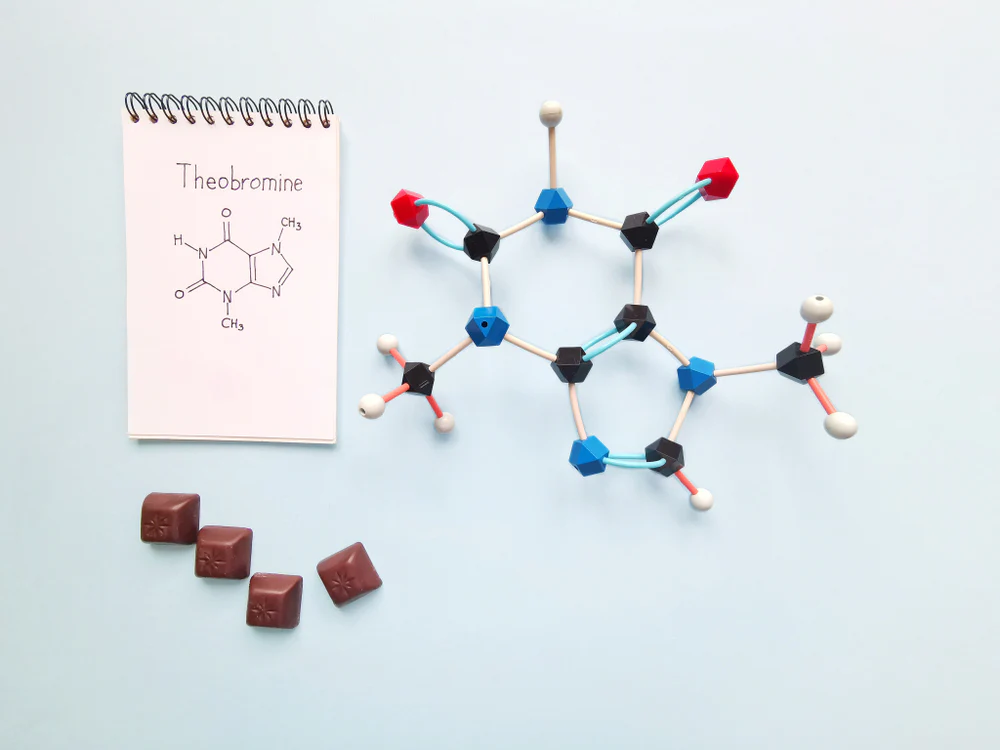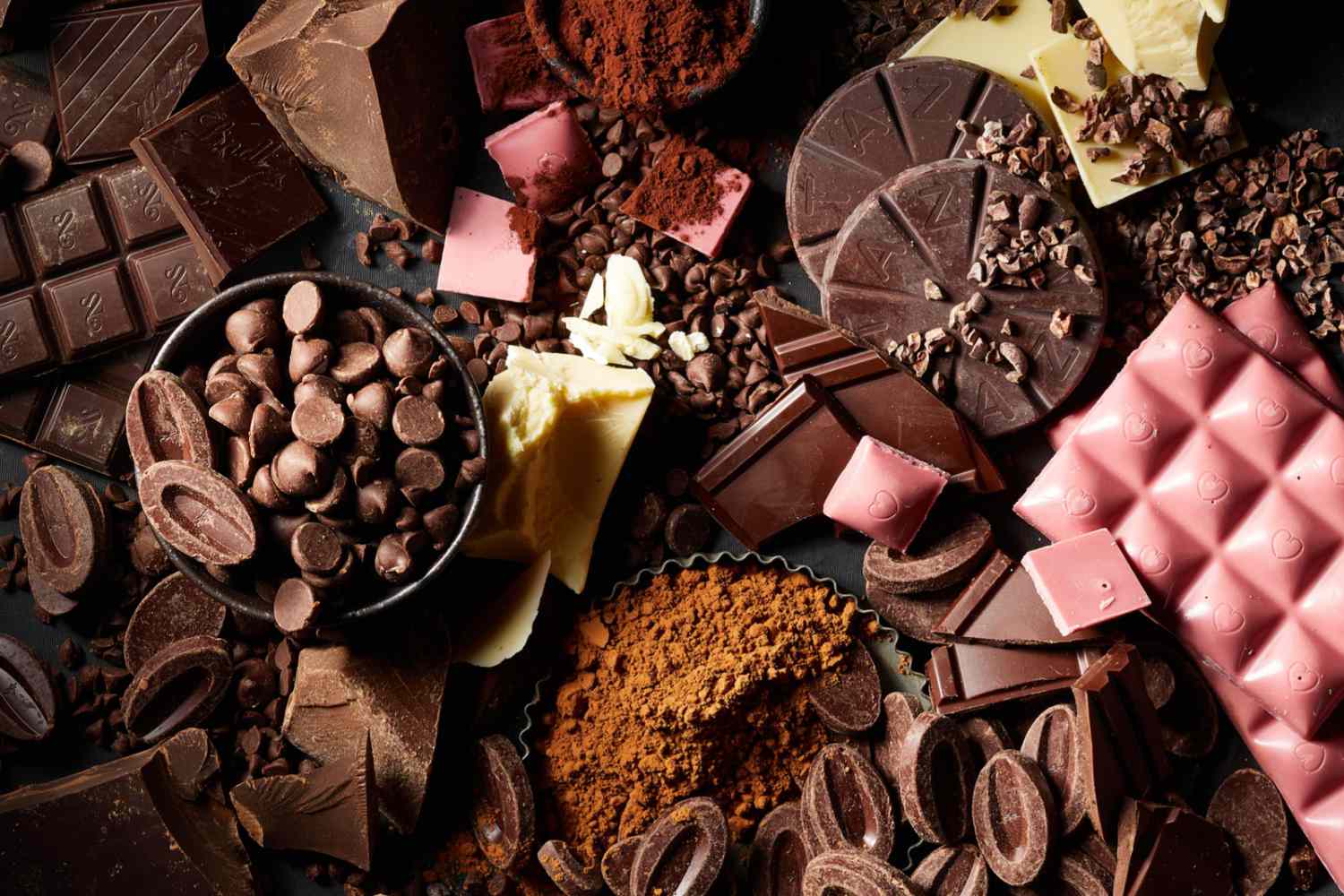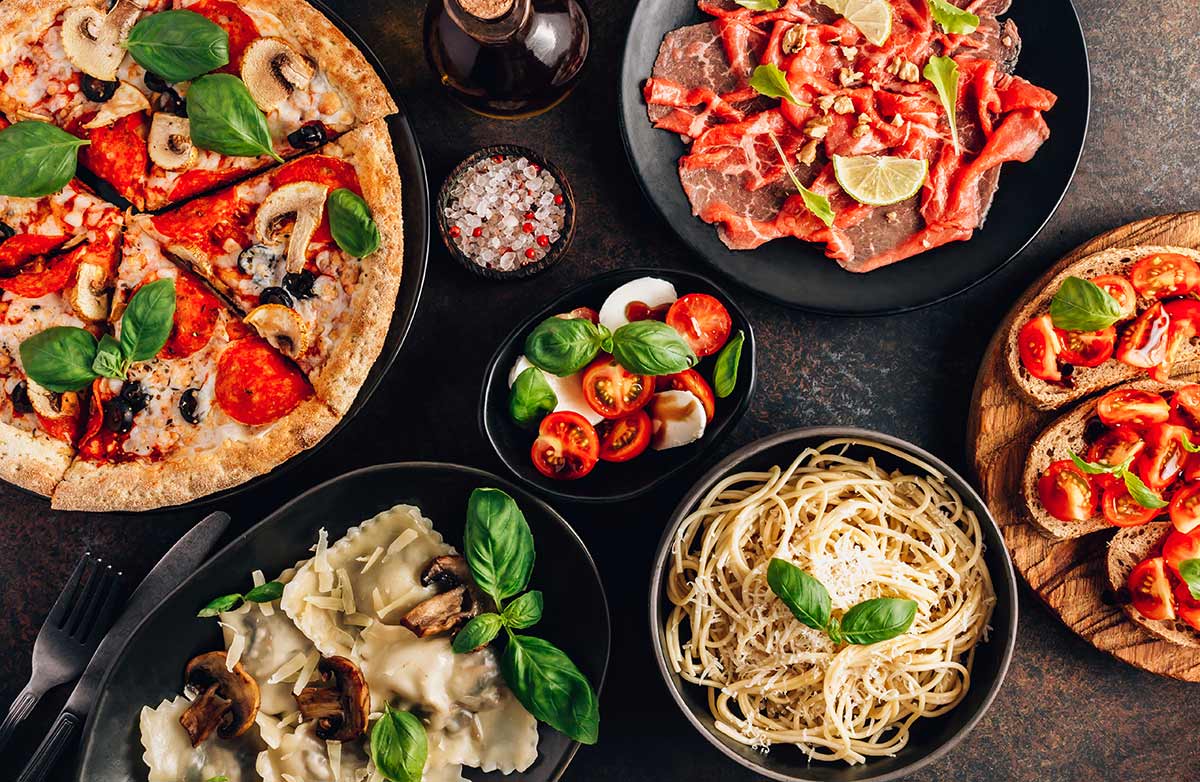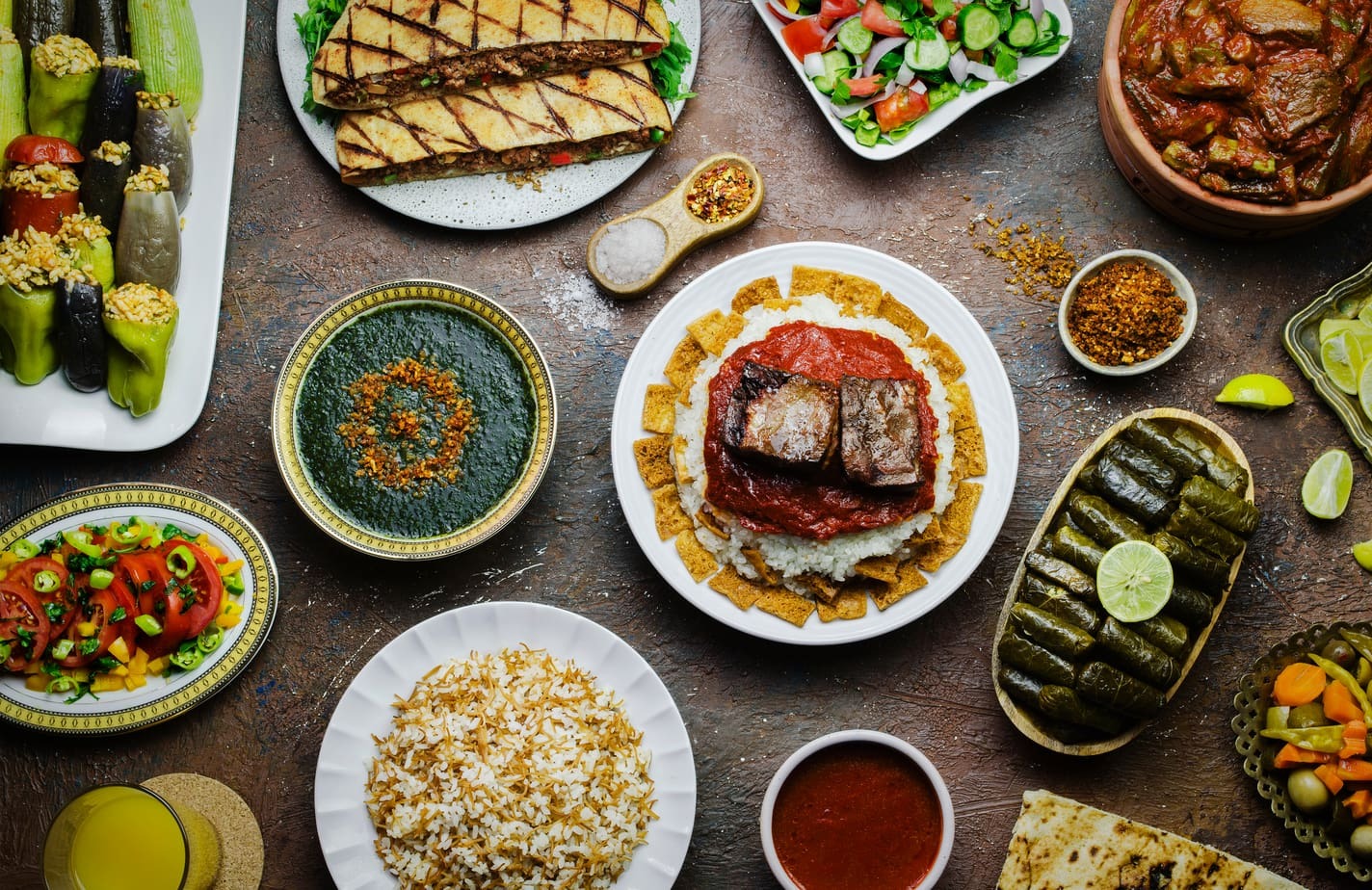Chocolate, a beloved treat enjoyed by millions worldwide, holds a special place in our hearts and palates. From its ancient origins to its modern-day variations, chocolate’s rich history and diverse flavors continue to captivate us. Whether you’re a casual consumer or a dedicated connoisseur, there’s always something new to discover about this delectable delight.
A Brief History of Chocolate
Chocolate’s story begins in Mesoamerica, where the ancient Maya and Aztec civilizations first cultivated cacao trees. They revered cacao beans as gifts from the gods, using them to create a bitter, frothy drink mixed with spices and served in ceremonial rituals. Cacao beans were so valuable that they were even used as currency.
When Spanish explorers arrived in the Americas in the 16th century, they brought cacao back to Europe. Initially, chocolate remained a luxury item enjoyed by the elite, but as sugar became more accessible and production methods improved, chocolate’s popularity soared. By the 19th century, advancements in processing led to the creation of solid chocolate bars, paving the way for the modern chocolate industry.

The Science of Chocolate
Chocolate’s allure is not just in its taste but also in its complex chemistry. The primary component of chocolate is cacao, which contains several key substances:
- Theobromine: This alkaloid is similar to caffeine and provides a mild stimulant effect, contributing to chocolate’s mood-enhancing properties.
- Phenylethylamine: Often called the “love drug,” this compound releases endorphins in the brain, promoting feelings of happiness and well-being.
- Flavonoids: These antioxidants are abundant in dark chocolate and have been linked to various health benefits, including improved heart health and cognitive function.
The process of making chocolate involves several steps: fermenting, drying, roasting, grinding, and refining the cacao beans. Each step is crucial in developing the distinct flavors and textures that chocolate lovers cherish.

Types of Chocolate
Chocolate comes in several varieties, each with its unique characteristics:
- Dark Chocolate: Known for its high cacao content (typically between 70-99%), dark chocolate has a rich, intense flavor. It is often touted for its health benefits due to its high antioxidant levels.
- Milk Chocolate: This type is sweeter and creamier than dark chocolate, containing milk powder or condensed milk along with cacao. It has a lower cacao content (usually around 30-50%).
- White Chocolate: Technically not true chocolate since it doesn’t contain cacao solids, white chocolate is made from cocoa butter, sugar, and milk solids. Its creamy, sweet profile is popular in many confections.
- Ruby Chocolate: A recent innovation, ruby chocolate is made from specially processed ruby cacao beans, giving it a natural pink color and a unique fruity flavor.

The Art of Chocolate Tasting
Much like wine tasting, chocolate tasting is an art that involves all the senses. Here’s how to savor chocolate like a pro:
- Look: Examine the chocolate’s appearance. It should have a smooth, glossy surface without any blemishes.
- Smell: Inhale the aroma to detect the chocolate’s fragrance, which can range from fruity and floral to nutty and spicy.
- Touch: Feel the texture. Quality chocolate should feel smooth and silky, melting slightly from the warmth of your fingers.
- Taste: Let a small piece melt on your tongue. Notice the flavors as they evolve, paying attention to the balance of sweetness, bitterness, and any other notes.

Chocolate and Health
Moderation is key when it comes to enjoying chocolate’s health benefits. Dark chocolate, in particular, has been associated with several positive effects:
- Heart Health: The flavonoids in dark chocolate can improve blood flow, reduce blood pressure, and lower the risk of heart disease.
- Brain Function: Some studies suggest that dark chocolate can enhance cognitive function and protect against neurodegenerative diseases.
- Mood Enhancement: The combination of theobromine and phenylethylamine can help boost mood and reduce stress.

Conclusion
Chocolate’s enduring popularity is a testament to its unique combination of rich history, complex chemistry, and irresistible taste. Whether you enjoy it as a simple snack, a gourmet treat, or a culinary ingredient, chocolate continues to bring joy and indulgence to our lives. So next time you savor a piece of chocolate, take a moment to appreciate the fascinating journey it has undergone to reach you.














Leave a comment